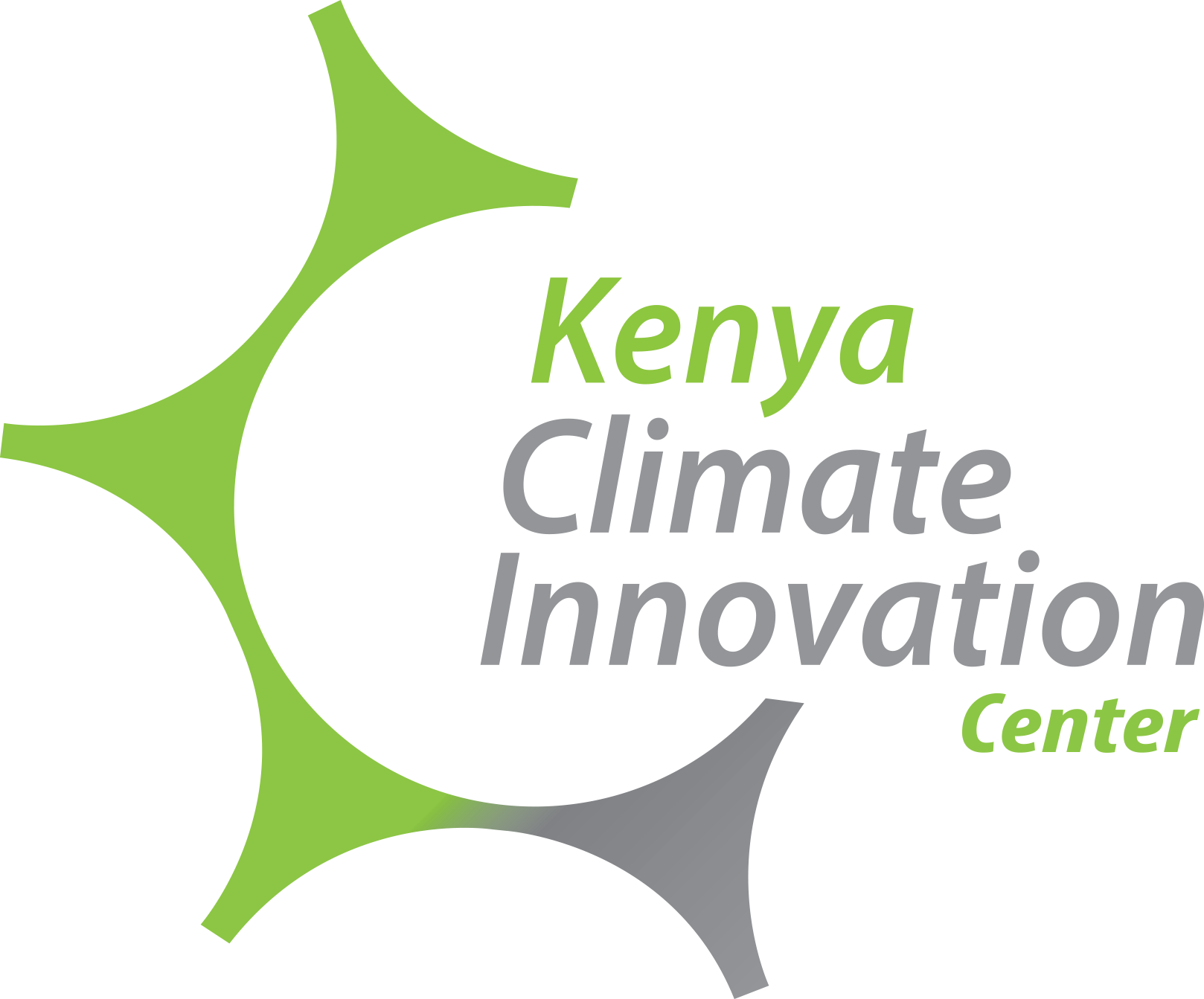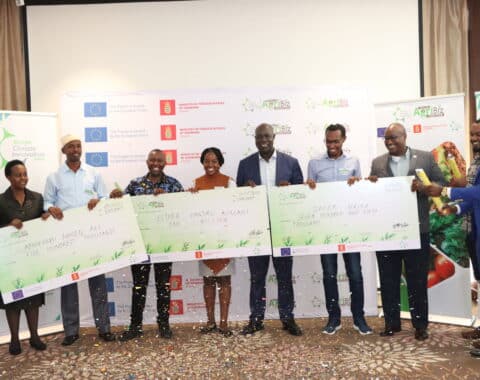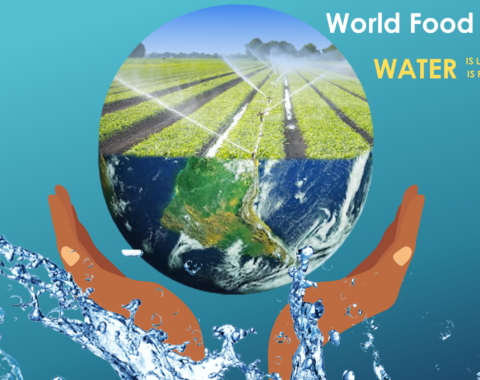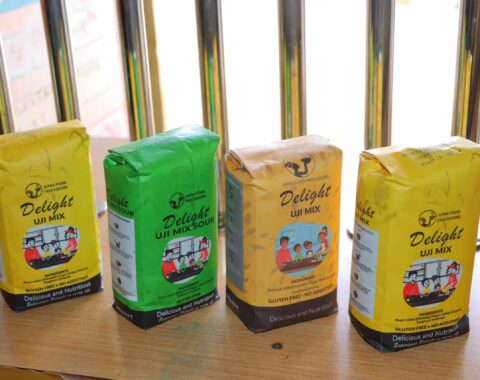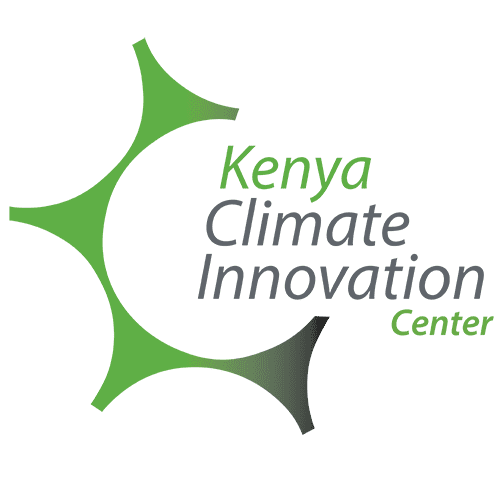Pauline Okubasu is the founder of Azavi Food, a dried fruit producer based in Machakos. She spoke to KCIC Consulting about agribusiness opportunities and the journey of building her food industry.
Tell us more about what Azaavi Foods does and how you got started.
Azaavi Foods is a fruit processing company that works with farmers in Machakos to produce organic dried mango, papaya, banana, and pineapple. We sell both at our local market and markets across the country.
We registered the business in 2017 after FAO reported that Kenya was at a crisis level of 8.4 , with many people dying due to poor nutrition, lack of sufficient food, and starvation.
Research findings indicate that among the root causes of this was post-harvest losses. Farmers put in their time, effort, and resources to plant, weed, and harvest their produce but had challenges accessing the markets. As a result, their produce goes to waste, they incur financial losses, are unable to expand their businesses and provide basic needs for their families. This creates joblessness in the community and contributes to the poor nutritional status of hunger.
Azaavi foods was started to bridge the gap from Farm to Fork by providing market access to reduce post-harvest losses, create employment, and promote sustainable production and consumption practices for organic farming to ensure food safety and security.
Why dried fruits specifically?
Fresh fruit can be very seasonal, and because they rot quickly, farmers experience massive post-harvest losses. Dried fruits, however, can last much longer – nine months or more.
So we saw it as an opportunity to create healthy, natural snacks while reducing food waste and increasing farmers’ incomes.
There are other ways of preserving fruit, for example, producing juice, but there were already many factories producing juice products. Dried fruits were much less common, so there was not as much competition.
Where are your customers?
Right now, 90% of our sales are from local communities. However, we are working towards penetrating markets across the country and for export.
Even so, dried fruit is still not widely accepted locally. I think this is changing, and the domestic market is growing, but it will take time for it to be as commonplace as other snacks.
Highlight some of the challenges you’ve encountered?
The biggest problem for us is that our capacity is relatively small. Before enrolling in KCIC’s AgriBiz program, we did not have enough finances or technical know-how to grow our enterprise. We struggled with the country’s registration procedure, and a lot of time was wasted sourcing products from farmers.
How can you compete with some of the more prominent players in the market?
It is difficult because we compete against competitors that can produce 50 times more than us.
We are very honest with our customers about what we can do. We can’t compete on volume or price, so we don’t try to. Instead, we focus on our story, which revolves around being women-led, climate-smart, producing all-natural fruits, and paying farmers better. We sell to our specific niche and make sure that the buyers we work with are those that appreciate our story and want to grow with us.
We also have to work a lot harder on relationships with our farmers. We are not the biggest buyers, but once we have built up trust and made them our friends, we will be the first people they call, and therefore we can get the best quality fruit from their harvests.
What are the ways you ensure efficiency?
Post-harvest losses are a big issue for farmers. The last two years were particularly bad due to Covid-induced border closures and reduced demand.
One of the ways we ensure our efficiency is by using everything. We aren’t too fussy over what we buy. Once we’ve dried the fruits, we grade them based on appearance, texture, and size.
The organic waste from the factory also gets used to create energy in our biogas system or gets sold to farmers for fertilizer.
Explain the broader trends you see in the dried fruit industry.
There’s a lot of growing demand for dried fruits from consumers who are conscious of their health. Another trend is sustainability and farm-to-shelf traceability. There is a lot of new growth in the market, and buyers looking to switch to more sustainable suppliers.
What are some of the biggest challenges for agribusiness companies in Kenya?
There are a few significant challenges we face as an industry.
Firstly, across Africa in general, we are sitting on the time bomb, which is climate change. Rural farmers depend on rain; there are very few proper irrigation programs. As weather patterns change, it will affect growth patterns, and there are likely to be severe fruit shortages. There is not a lot of focus on these things, but it is starting to make a difference already, and it will be a big problem very soon.
Secondly, Africa doesn’t tend to make machinery, which makes it very difficult to provide value-adding manufacturing. It is expensive to purchase machinery, and there is a lack of expertise in repair and maintenance. We had a problem with some of our equipment, and it caused us a lot of problems and long delays. It can be challenging to find the necessary technical expertise locally.
Finally, the funding of certification is a big problem. Certification here is costly, and you need it just to keep your products in the supermarkets. It’s often out of reach for smaller businesses without external financing.
What is the impact of the AgriBiz program to your business?
For the past three years, KCIC has been a great partner. The organization has provided us with finances, resources, and technical support to grow Azaavi Foods. Through the boot camps and mentorship programs, we have increased our market access and the number of farmers that we work with. In addition, the financial support has enabled us to purchase processing equipment, packaging materials, and branding for our company.
With this support, we assure farmers of reduced post-harvest losses, value for their hard work, and employment opportunities for young people.

